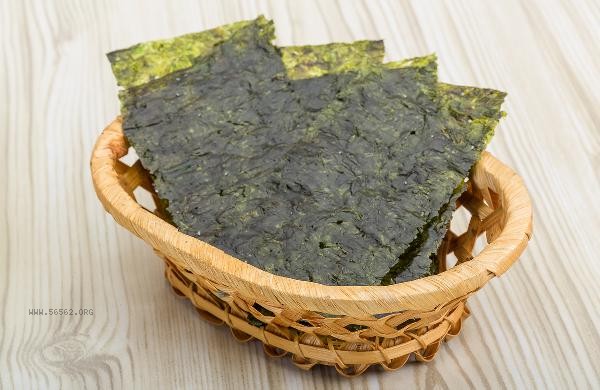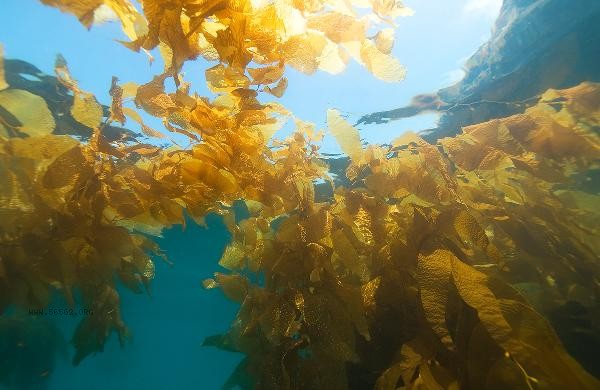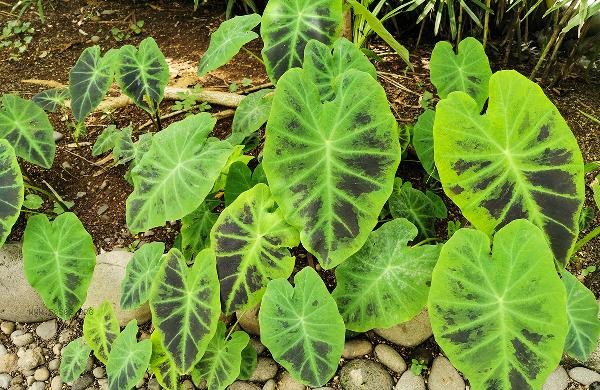Seaweed that has just been caught from the sea needs to undergo processing steps such as cleaning, desalination, and drying before it can be consumed. Fresh seaweed may contain sediment, microorganisms, and excessive salt, posing health risks when consumed directly.

1. Cleaning
Place fresh seaweed in clean water and rinse repeatedly to remove sediment and impurities adhering to the surface. It is recommended to rinse with flowing water and gently rub the seaweed leaves with your hands to ensure thorough cleaning. During the cleaning process, the water can be changed multiple times until the water is clear and free of sediment.
2. Desalination
Seaweed in seawater has a high salt content and needs to be soaked in diluted salt water for desalination. Soak the seaweed in 3% saline solution for 10 minutes, then transfer it to clean water and soak for 30 minutes. This process can be repeated by separating the internal salt of seaweed through osmotic pressure difference to avoid the finished product being too salty.
3. Sterilization
Quickly blanch seaweed in hot water at around 80 ℃ for 10 seconds, which can kill some microorganisms while maintaining the taste and nutrition of seaweed. After blanching, immediately cool with ice water to maintain the bright color and crispy texture of seaweed. 4. After the SEP treatment, the seaweed should be laid flat on a bamboo sieve or clean gauze to air dry. Choose a well ventilated and sunny environment, and regularly flip to ensure even drying. When the moisture content of seaweed is below 15% and the leaves are dark brown and fragile, it can be stored.

5. Storage
Fully dried seaweed should be sealed and stored in a light and moisture-proof container. Food desiccants can be added to extend the shelf life. If long-term storage is required, it can be vacuum packaged and frozen. Before consumption, it can be taken out and warmed back to restore its original flavor. Fresh seaweed is rich in protein, dietary fiber, and iodine elements, and can be used as a healthy ingredient after standardized processing. Daily consumption can be cold mixed, boiled in soup, or made into sushi. It is recommended to limit the intake to 10-15 grams per serving. People with spleen and stomach deficiency and cold should avoid excessive consumption, and those who are allergic to seafood should try with caution. If seaweed is found to be damp and moldy during storage, it should be discarded immediately and cannot be consumed again.









Comments (0)
Leave a Comment
No comments yet
Be the first to share your thoughts!